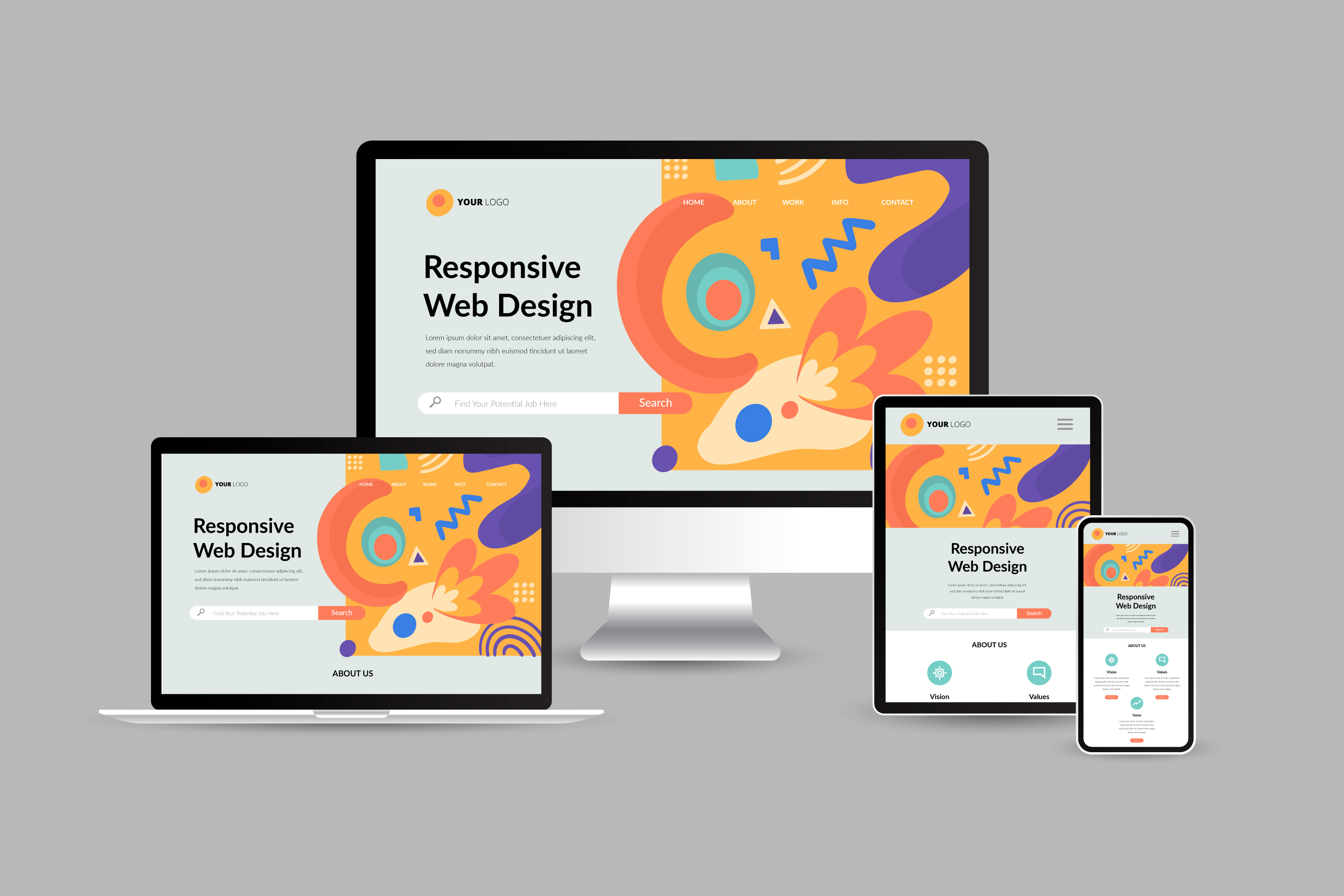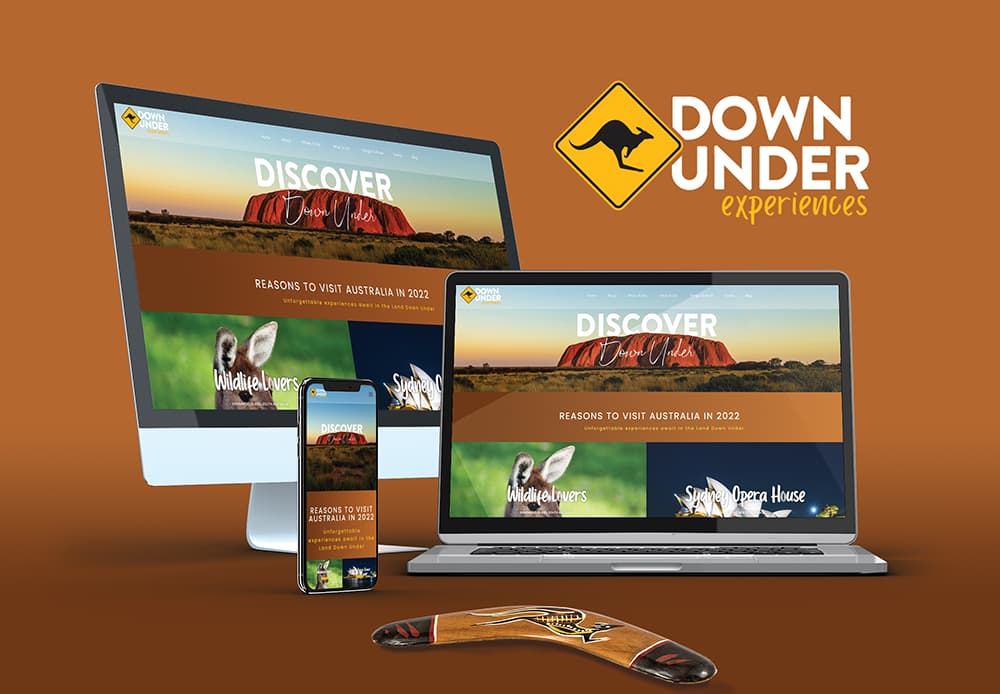How a Clean and Simple Website Design Can Enhance Your Site’s Usability
How a Clean and Simple Website Design Can Enhance Your Site’s Usability
Blog Article
The Ultimate Overview to Modern Internet Site Design Trends
In the ever-evolving digital landscape, modern website layout patterns play an important function in shaping individual experience and interaction. From the rise of minimal style concepts that prioritize simpleness to the impact of bold typography in defining brand identity, each aspect contributes to a natural online presence. The focus on receptive and mobile-first methods, alongside cutting-edge microinteractions, further improves usability. The expanding focus on sustainable internet layout techniques shows a dedication to ecological obligation. These trends jointly increase crucial questions regarding the future of efficient website design and what it indicates for customers and organizations alike.
Minimalist Design Principles
Minimal layout principles highlight the concept that less is more, supporting for simplicity and performance in aesthetic communication. This strategy remove unneeded components, focusing instead on vital parts that communicate the desired message properly. By prioritizing clarity, minimal layout boosts user experience, enabling visitors to browse websites easily.
Core tenets of minimalist design consist of the use of adequate white space, which develops a feeling of equilibrium and organization. This adverse area not only directs the visitor's interest to key aspects however additionally fosters a soothing visual environment. Additionally, a restricted color scheme is frequently utilized, making use of soft shades or single schemes to keep visual cohesion and stop overwhelming the user.
Typography plays a vital duty in minimal style, where legible fonts are picked for their simplicity and performance in interacting material. Eventually, minimal design concepts cultivate a concentrated environment that encourages customers to engage with the material, boosting the general efficiency of modern-day website style.
Vibrant Typography Selections
Accepting bold typography selections has become a specifying feature of modern-day internet site layout, as it properly records focus and communicates solid messaging. Developers are significantly utilizing typography not just as a functional component but as a crucial visual component that boosts the total aesthetic and user experience.

In addition, the juxtaposition of vibrant typography with minimal layout principles permits striking contrasts, boosting readability while preserving visual appeal. Making use of whitespace around vibrant text even more highlights its significance, guaranteeing that the message resonates with the target market.
As digital landscapes become extra competitive, leveraging strong typography makes it possible for brands to differentiate themselves and leave a long-term impact. The careful selection of fonts and their application can evoke emotions, establish tone, and drive activity, making bold typography a vital tool in contemporary internet site style. Eventually, it is a powerful method to boost storytelling and make sure that crucial messages are not only seen but also felt.
Mobile-first and responsive Layout
Receptive and mobile-first layout has become a critical concept in modern website growth, showing the enhancing reliance on mobile phones for accessing on the internet web content. As user go to my site habits shifts in the direction of mobile surfing, developers must prioritize creating experiences that adapt flawlessly across different screen sizes and resolutions.
A responsive style makes certain that a web site automatically adjusts its design, photos, and functionality based on the gadget being used. Mobile-first style supporters for developing web sites originally for smaller displays, ultimately scaling up to larger screens.
Carrying out responsive and mobile-first concepts not just deals with individual preferences yet additionally lines up with search engine optimization (SEO) practices. Significant online search engine, like Google, focus on mobile-friendly web sites in their positions, making it essential for companies to take on these style strategies. In a competitive electronic landscape, welcoming receptive and mobile-first design is not simply an option; it is essential for making certain accessibility and interaction with a varied audience.
Engaging Microinteractions
Microinteractions play an essential function in improving customer involvement and overall internet site experience, especially in the context of mobile-first Visit Your URL and responsive design. These refined layout elements provide instant feedback to users, making interactions extra delightful and instinctive. Examples consist of switch animations, notification signals, and loading signs, which not only guide individuals yet also create a feeling of link with the interface.
Incorporating interesting microinteractions can significantly improve functionality by reducing cognitive load. When users receive aesthetic or auditory comments upon doing actions, such as clicking a button or submitting a form, they really feel more confident in their selections. This cultivates a smoother navigating experience, inevitably boosting user retention.

As internet site layout patterns remain to progress, the relevance of microinteractions can not be overemphasized. They offer as the refined yet powerful touchpoints that transform regular communications into phenomenal experiences, consequently boosting the general efficiency of modern website design.
Sustainable Internet Style Practices
Sustainable web layout methods are coming to be significantly necessary as the digital landscape grows and ecological issues rise. Developers and programmers are recognizing their obligation to create websites that not just offer customer requirements but likewise reduce ecological impact. This technique incorporates numerous essential approaches.
First of all, optimizing power usage is paramount. Internet sites need to be created to fill rapidly and effectively, which reduces server power use and improves individual experience. Strategies such as image compression, decreasing HTTP requests, and making use of modern coding methods contribute significantly to this objective.
Secondly, picking green holding providers is crucial - website design. Lots of organizing business are now powered by renewable resource resources, making it possible for websites to operate find more info in an extra sustainable way. This option mirrors a dedication to lowering carbon impacts
Moreover, embracing a minimalist style can improve sustainability. Less components on a web page bring about much less information transfer, which not just speeds up loading times yet also conserves sources.
Finally, advertising electronic ease of access makes certain that web sites get to a larger audience without unneeded bloat, lining up customer experience with environmental obligation. By integrating these sustainable techniques, web designers can contribute positively to both individual interaction and the planet's health.
Verdict
In recap, contemporary site design fads highlight the assimilation of minimal principles, bold typography, and responsive layout to improve user experience. Adopting these patterns is necessary for creating impactful electronic experiences that reverberate with customers in an increasingly affordable on the internet landscape.
In the ever-evolving digital landscape, modern internet site style fads play a critical function in forming user experience and involvement. By focusing on clearness, minimal style enhances customer experience, enabling site visitors to navigate websites easily.
Inevitably, minimalist style principles grow a concentrated atmosphere that motivates customers to involve with the content, boosting the total efficiency of modern-day site design.Microinteractions play a critical function in enhancing user involvement and total internet site experience, particularly in the context of responsive and mobile-first design.In summary, contemporary website style patterns stress the combination of minimal principles, bold typography, and receptive style to improve customer experience.
Report this page